Time to rock the broc – broccoli at its best
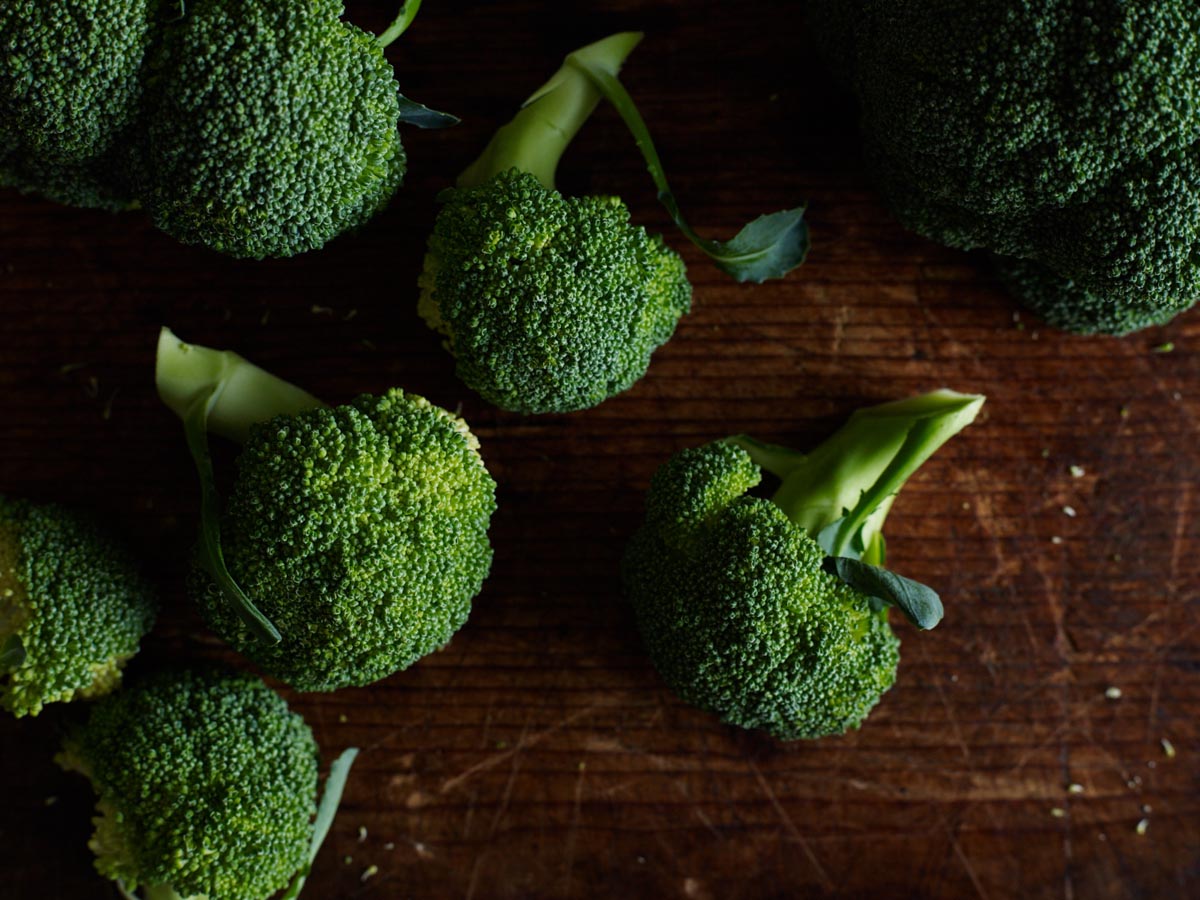
You’ll often see a heaping mound of broccoli at the market and, yep, that’s when you want to ROCK THE BROC!

You’ll often see a heaping mound of broccoli at the market and, yep, that’s when you want to ROCK THE BROC!
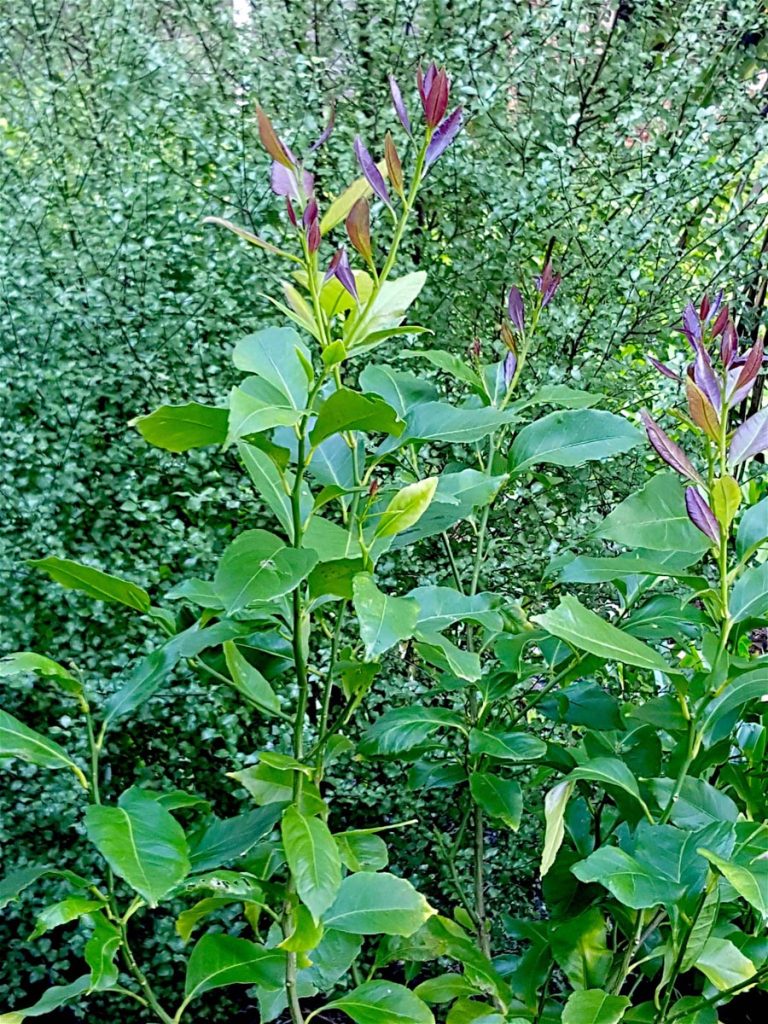
Lemons – will you snuff it if you eat a lemon tree leaf?
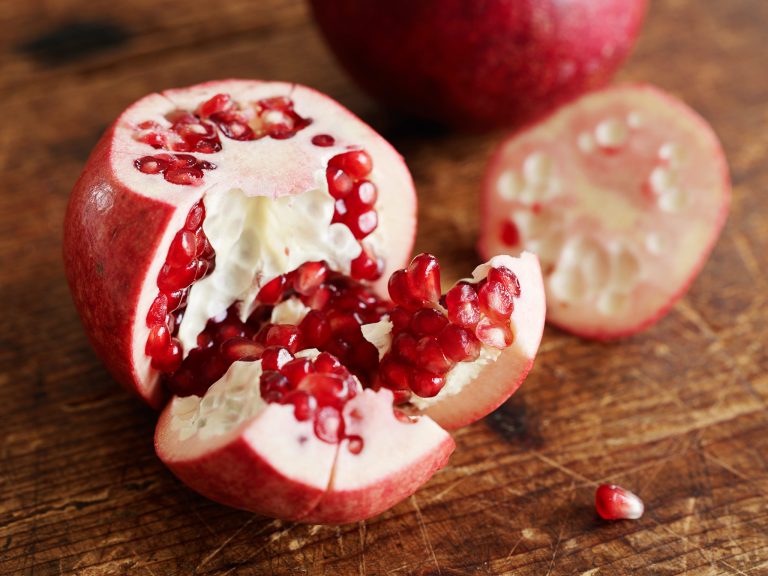
It could be that pomegranates were the forbidden fruit in the Garden of Eden. They’re nothing much to look at on the outside but the clusters of ruby-red jewel-like seeds inside could have seduced even the staunchest of hearts.
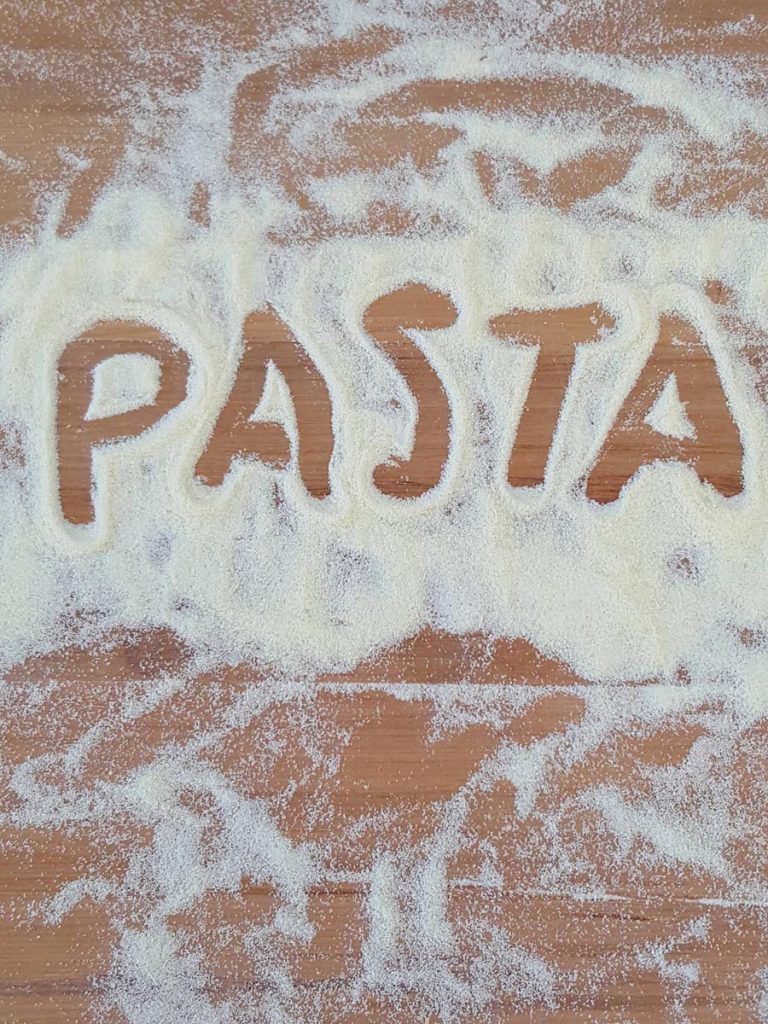
The texture of quality dried pasta is like worn suede, if you can imagine that, not smooth, not furry but somewhere in between.
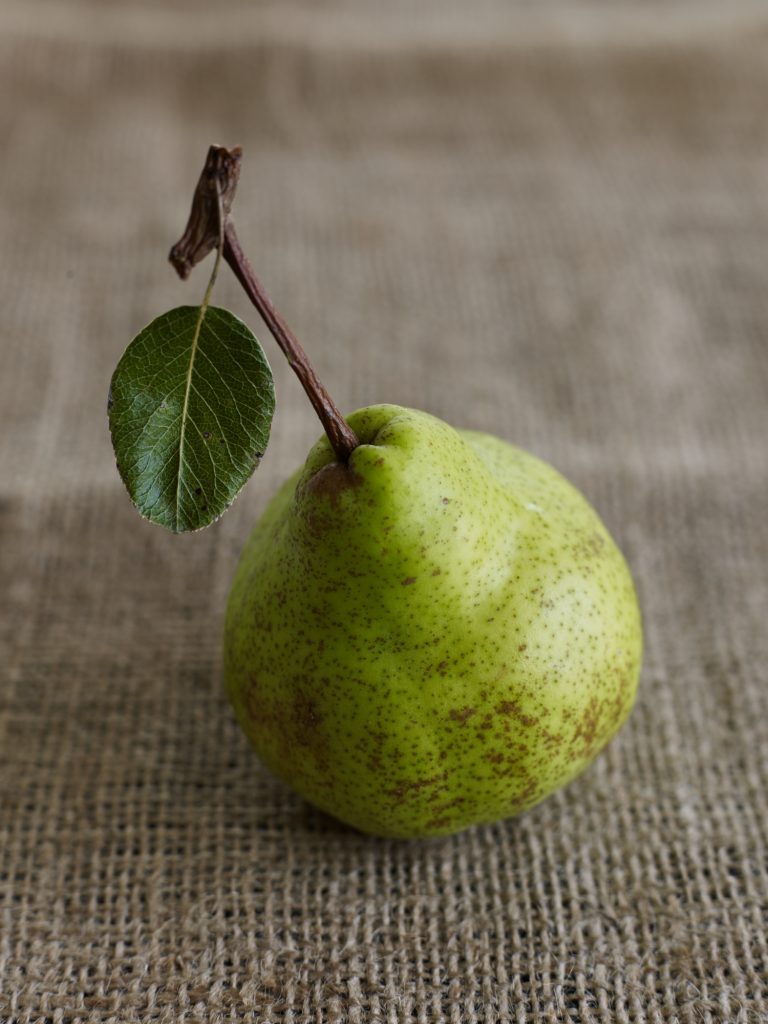
Pears are often overlooked for novel or exotic fruit and I reckon it’s because we’ve lost the art of ripening them and we’re eating them hard.
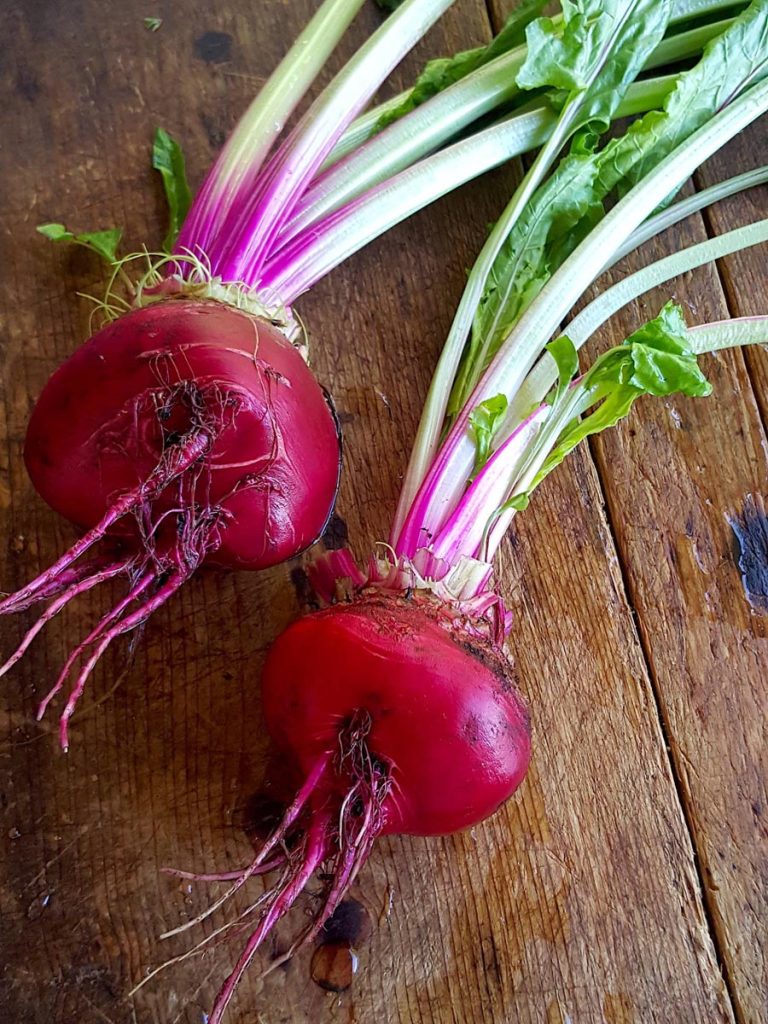
Candy-coloured beetroot will turn heads at your next gathering.
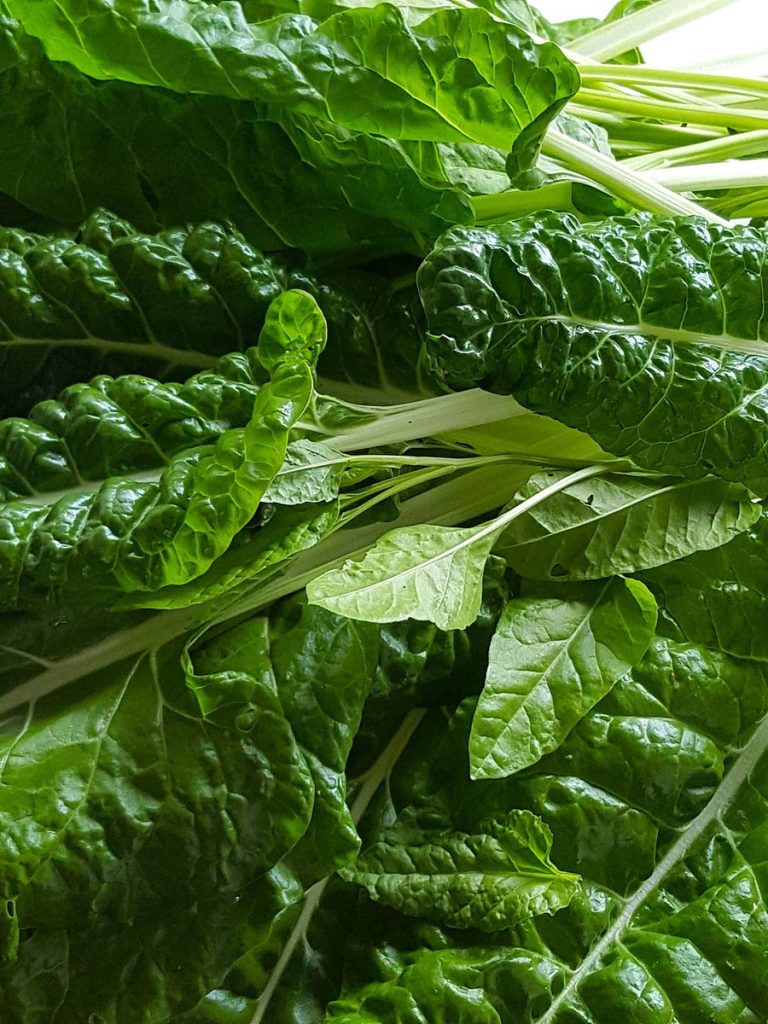
A Kiwi gardener’s favourite – you can ignore it, and it just keeps on growing! Read how to make the most of it.
No products in the basket.
Welcome to the new Shared Kitchen experience! If you encounter any issues, please let us know. Dismiss